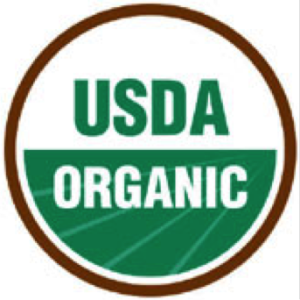Lately there have been food industry related issues that raises questions on how the society aren’t raising eyebrows. Everyone loves Chipotle, and they do their very best to satisfy their customers, but sadly Chipotle has taken a toll on their number of customers. Usually you had to wait in a long line, which started the moment you stepped into their front door, but now we can walk straight up to the counter. Chipotle receives their so-called fresh supply of ingredients from specific farmers and ranchers who raise their animals humanely with organically nourished vegetables from healthy soils. If that’s the case, how did they receive meat contaminated with E. coli, or sickening people with salmonella with their tomatoes.
If you have been watching the news recently, you know that there probably are some uncertainties in the food you eat. It should only take a few minutes to take a look around the web through news articles in current food politics and food safety issues to find out that there are some serious problems in our food industry. Chipotle is a great example to start with, although it’s not going so great for them. They have been fighting a battle with themselves and the public about the e. coli breakouts. According to the CDC website, there have been past cases of food borne illnesses, such as salmonella, listeria, and e. coli, and most of the issues surfaced from contamination or the soil in which the produce came from.
As stated in the article “You Are What They Eat” by Consumer Reports, to assess this issue of the safety of the nation’s consumers, they have investigated on their own and interviewed feed-industry experts and critics, but none of the top executives were willing to speak. This was raising a lot of concerns about how the federal government wasn’t doing its job to protect the food supply, which we consume. For example, in the Food Inc. documentary, they have shown us that chickens are genetically modified so that their body grows much faster, and fatter, but because it is such an unnatural growth through medications, their organs don’t catch up to their physical body growth, which makes us question, how are their bodies staying healthy if their organs can’t even catch up fast enough to maintain themselves.
Why stop there? The possibility of our supply of produces being contaminated may not be the only issue. Only a century ago, according to Marion Nestle, the only issues that we had to be concerned with were spoiled milk from infected animals and spoiled meat from sick animals. Now, because we have made so many changes to our food system, the current problems of food safety haven’t shown any new diseases, but different symptoms of the same disease. There are many different aspects as to why this is an issue to the modern day, and our federal government aren’t the only ones to blame. Pesticides have been used by farmers to chemically clean the produce of microorganisms, whether good or bad, and that is what we intake into our bodies. Stated by Blake Hurst in the article “Organic Illusions” in The American, It is very true that there are farmers who use organic pesticides to treat their land, but because the concentration of the chemical in the organic pesticide is incredibly low, they have to end up pumping an immense amount just to keep up with a standard pesticide.
The Stanford study stated in the article of “Organic Illusions” have found how organic foods were significantly less prone to having pesticide residues, but much more likely to have e. coli. E. coli can survive in the digestive system and in fecal matter, so it is very possible that contaminated animals share the same soil with the farmland and the animals surrounding them, which is how it spreads. Overtime, our pesticides have been killing microorganisms, but we all know that even the hand sanitizers we use for our hands don’t kill all of the germs, as if it’s leaving one to survive to live to tell the tale of its lost brothers and sisters.
These pesticides are creating a new and different environment for these pathogens to adapt to, so what does that tell us? Our chemicals in these pesticides, whether standard or organic, are eventually habitable by pathogens to adapt to and create these, not new, but different illnesses. Although organic produces are labeled organic, it is possible that they may have traces of conventional methods. “Organic foods are labeled as organic because producers certify that they have followed organic procedures”, but there aren’t any precise procedures to tests these products for being 100% organic. It is possible for organic produces to have conventional pesticides present in or on them through leftover residue in the soil or the chemical drifting from neighboring farm fields.
If the pesticides weren’t bad enough, the medications that the animals consume may give you quite a shock. Of course even we, as humans, take medications from time to time to help ourselves with headaches or body aches, but we need to remember that everything the animal consumes, we consume as well. Because our chickens are treated with medications for the purpose of killing microbes and fattening them, the medication contains arsenic. I know what you’re thinking: “Isn’t arsenic a toxic chemical?” Why yes it is, but because these medications, apparently, are necessary in the feed industry, the FDA has made a tolerance limit of 2000 ppb in the chickens’ liver and 500 ppb in its meat. Data was collected through the analysis of the chickens liver and meat, since it is the part most people eat, and the average level of arsenic was low compared to the regulations, but still, we need to remember that arsenic is linked to cancer.
Assuming these traces of chemical weren’t enough, we don’t even know if the seafood supply is completely safe. As reported in the “Consumer Reports” about seafood, the FDA is responsible for guaranteeing the safety of seafood, most of which is imported. The FDA, out of the 80% imported seafood, only tests about 2%, mainly for drug residues. Salmon is a widely popular seafood choice, rich in omega-3 fatty acids, but in farms, they’re fed concentrated fish and fish oil, which makes us question how heart-healthy these salmons are compared to the ones in the wild. The Hites team at Indiana University ran tests comparing carcinogens in wild and farmed salmons, and they resulted with farmed salmons containing more PCBs and dioxins than wild salmons, especially the ones from Europe. Still, the FDA was concerned about foreign fish and fish-feed producers for using unapproved drugs, leaving traces in food that may pose a threat to the human health.
We have come a long way as humans, advancing in different number of technological and chemical concerns, but if we have come to a point where we need to ask ourselves if organic products are truly healthy for us or not, then something is definitely wrong, especially in the food industry. Having said that, I’m afraid the soil that we pump our chemicals into, whether natural or organic, is altering the unrefined natural soil we used to have. Genetically altered produces are chemically treated to be more appealing in their physical form, but nutritionally, they aren’t any healthier. In Food Inc., the documentary showed us farmers who were wrongfully treated to treat their produce and animals the wrong way, but they have to make a living somehow so they don’t have a choice. They sign a contract to do the work they do and keep their mouth shut about it. Some even got their contracted permanently suspended by the people they worked for, which even they didn’t even come out for an interview to spill the truth.
We view endless commercials and public statement announcements concerning the health of our bodies and to keep fit, but how will that be possible if we can buy an entire meal at a fast food restaurant rather than one piece of fruit? Family income is the leading cause of obesity, which already says a lot, and we’re not doing anything to help this cause. If there is an issue, the first step is to address that issue in the first place, but we don’t see top executives coming out with apologies; only articles of people getting sick or dying of something contaminated that they consumed.
1) The writers project is a reiterated version of the source the writer is trying to emphasize on. It is to focus the writers beliefs and words from the writers point of view that they received from the source. I was able to obtain the view point of the writers project through, of course, the writers article itself, but also researching the sources that the writers said where they got their information from. My own project is to start from the beginning, as to where all these diseases and infections started becoming worse. Through multiple sources, it was found that our worries, in the subject of foodborne illnesses, have changed since we have made advance in the agricultural world.
2) The “sorting it out” workshop helped identify the experts, sources, main topic/idea, and sources the writer was providing. It helped categorize and separate each information that felt important to the topic, and although not every single piece of information written in the “sorting it out” workshop, it helped focus my topic into a specific idea of what I wanted the readers to know in my blog article.
3) My understanding of synthesis is a quick basic summarized idea of the topic one is trying to emphasize in order to expand and detail the idea more as the writing progresses. The importance of this is to start on the focus of ones topic so that they have an idea of what they need to fix, emphasize, or delete. I started out by writing a few sentences for what I wanted to talk about, and depending on the right transition between paragraphs, I emphasized the specific topic more in order to fully detail, as much as possible, the provided information for the readers.
4) My accomplishment in this unit is the in-depth research I had to do in a topic that I had zero experience in. I had absolutely no idea of the background story of farms, foodborne illnesses, political obstructions, and more. I had to intake a lot of information to fully understand everything.
5) My idea didn’t exactly “evolve” into something more. I basically had the same topic/idea from the very beginning, which I even emphasized during class about pesticides and such. I started with my draft, which was only a bit over 1000 words, and for the final 1400 word paper, I included another source to expand my reasoning as to why I believe agricultural advances in our history have made drastic, possibly dangerous, changes. Afterwards, I separated the paragraphs, bit by bit, as well as included hyperlinks in order to portray the view of a blog article.
6) This is the same question as question 5. The whole idea of “evolving” a draft of an essay is to organize it the way you, the writer, believes should be organized. Where is the lede going to be? What is going to be stated in the intro? What are you going to include in your first paragraph in order to pull in your reader? And so on. I organized by article by starting with the lede in order to pull in readers, which is talking about the love of many people around the nation; Chipotle. Then I compared Chipotles foodborne illnesses to other foodborne illnesses connected in my sources, and reasoned that this may have been caused by decades of changes in our soil and food system.
7) 3 things I synthesized on were antibiotics fed to animals, pesticides, and the lack of safety in the food industry. In the respective order that I listed, paragraph 3 & 4, paragraphs 4, 5, & 6, and paragraph 7 & 8 are examples of how detailed and concise the information I provided were. Again, through the process of my draft, I input all the important information that should be provided, and in my final, I simply included another source to expand my explanations and sources.
8) I did not provide a lede for my draft, for the reason that we learned about “ledes” on the day the draft was due. During class, I wrote out my lede in order to ease the readers into my article. I felt that if I started out the blog with statistical information, readers would find it dull and hard to take in the information, so I provided the lede to show a glimpse of what my blog was going to be about.
9) Now that I’ve learned about what a lede is, how to use statistical information to my advantage, numerous sources to back up my information, and transition between paragraphs, I’m eager to believe that my blog-writing skills have improved. Through peer reviews, I have learned that my paragraphs need to be spaced out more to fit the “blog” profile, and that I needed to include hyperlinks. Still, I was able to focus my argument and maintain the readers attention throughout my work.
 Let’s not beat around the bush, America. We’re a pretty fat country. We love sports, but we have a pizza and wings by our side while we’re chillin’ on the couch watching them. We’re so fat, actually, that according to the Food Research and Action Center , more than
Let’s not beat around the bush, America. We’re a pretty fat country. We love sports, but we have a pizza and wings by our side while we’re chillin’ on the couch watching them. We’re so fat, actually, that according to the Food Research and Action Center , more than 

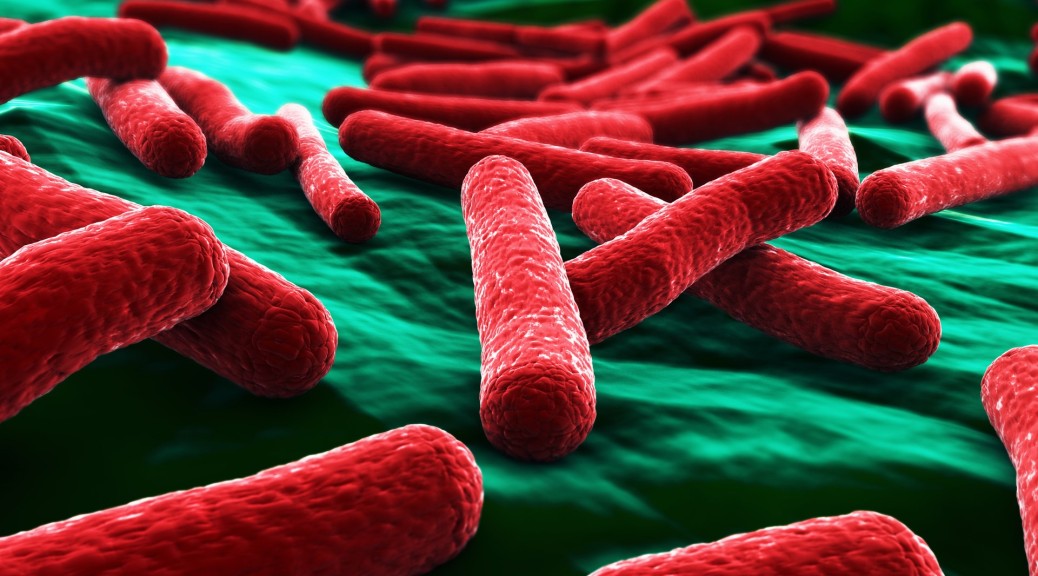
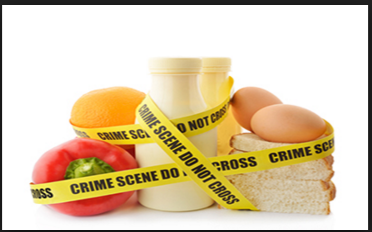



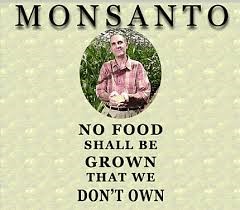
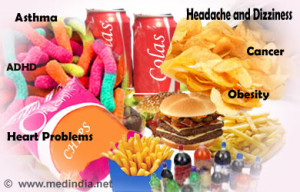
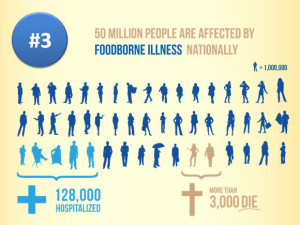



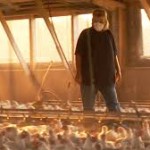



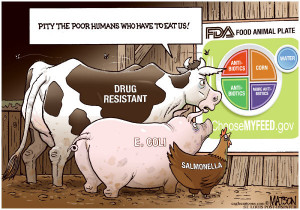 th the growing food system. The lack of manpower leads to a lack of inspections and oversight of practices that in turn are twisted and there is more room for error which leads to food borne illness and other things.
th the growing food system. The lack of manpower leads to a lack of inspections and oversight of practices that in turn are twisted and there is more room for error which leads to food borne illness and other things.